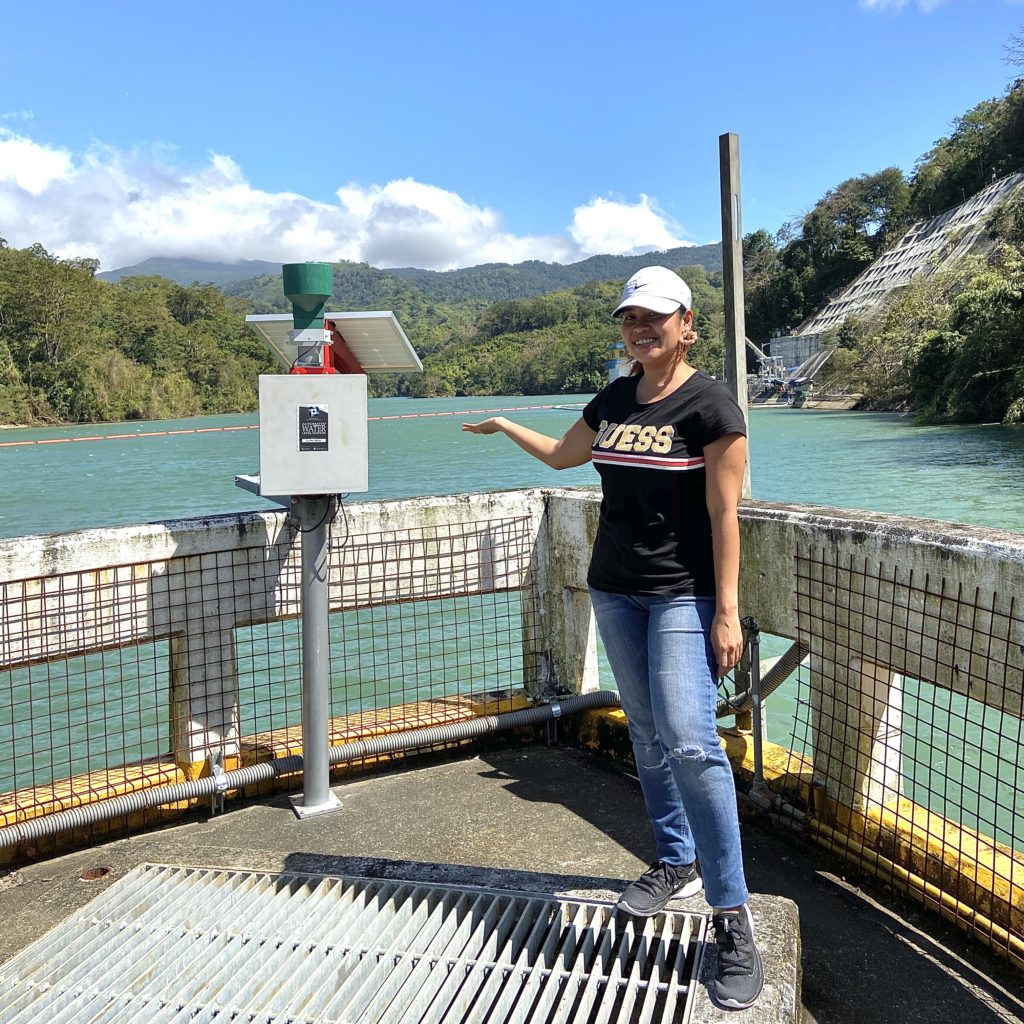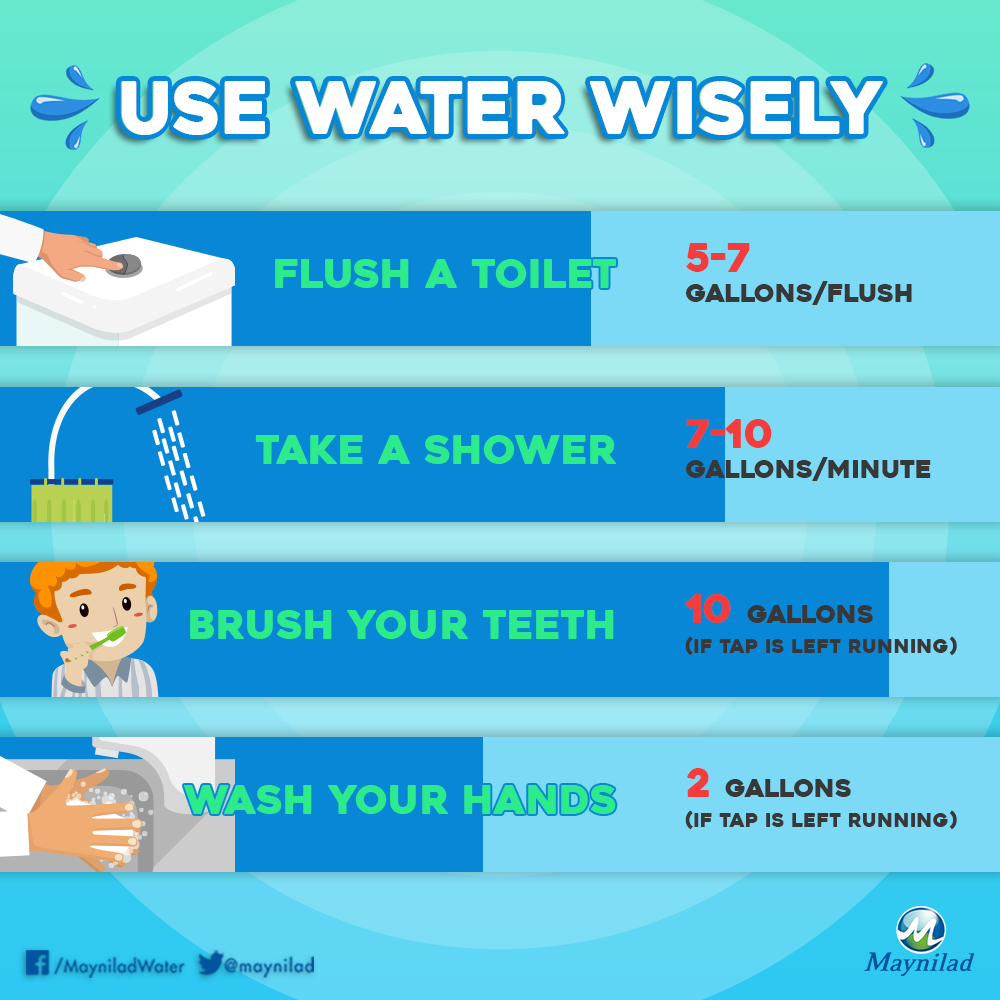There are some things we can never understand until we experienced and saw it for ourselves. That’s how I felt when I joined the Maynilad experiential tour in Angat Dam together with other mommy bloggers. I got a deeper understanding on some of the following topics:
- Where is the source of our water supply?
- How does Maynilad treat its water?
- Is our water from Maynilad potable?
- Why are we experiencing rotational water service interruptions?
- Tips on how to conserve water

Where does Metro Manila get its water?

About 91% of Maynilad’s raw water supply comes from Angat Dam, which is located in Norzagaray, Bulacan. The remaining 9% comes from Laguna Lake. Maynilad is the first water concessionaire to tap Laguna Lake as an alternative source of raw water supply for Metro Manila.
From Angat Dam, raw water flows downward to the much-smaller Ipo Dam and, eventually, to the Novaliches Portal where the water is divided between the two private water concessionaires of the MWSS—i.e., Manila Water for the East Zone concession, and Maynilad for the West Zone concession. Maynilad gets 60% share because of its bigger customer base.
La Mesa Water Treatment Plants
The raw water from Angat Dam for Maynilad’s concession area is treated in La Mesa Water Treatment Plants 1 and 2 in Greater Lagro, Quezon City into clean, reliable, and safe drinking water.
At the La Mesa Water Treatment Plant, we were able to see how our water is treated. It undergoes a multi-stage treatment which includes screening, rapid mixing, flocculation, sedimentation, filtration, and post-treatment.
I don’t want to bore you with the details of every step, but the final step before water leaves the treatment plants, lime and chlorine may be added to the treated water. Chlorine is used to disinfect the water and ensure that it is safe, and lime to correct the pH or acidity levels of water.
Is the water from Maynilad safe for drinking?
YES, Maynilad provides piped-in water supply that meets the Philippine National Standards for Drinking Water of the Department of Health. This means that water is safe and fit for drinking, bathing, cooking and other household activities.
They have a thousand sampling points from North Caloocan to Cavite City. Every month, water samples are collected and examined from these points to ensure that water is potable.
If Maynilad provides potable water, we don’t need to buy water from refilling stations?
This depends on the condition of the water pipes or plumbing inside your home. If the pipes have leaks, chances are water might not be potable anymore.
TIP: To check if water inside your home is safe for drinking, you may get water samples and have it checked by Maynilad (at an extra charge).
The reason behind rotational water service interruption

Eto naaaa! I’m sure this is everyone’s concern as of the moment. And because I got to visit Angat Dam, I also thought, hindi naman pala tuyot ang tubig sa dam, bakit may water shortage???
Let’s get to know NWRB or National Water Resources Board first. NWRB is the government agency responsible for determining the allocation of raw water supply from Angat Dam for MWSS and NIA. The normal allocation for MWSS is 48 cubic meters per second (cms). This supply is shared among residents of Metro Manila and the nearby provinces of Cavite, Rizal and Bulacan.
But at present, NWRB lowered the allocation to 42 cms. This is because the water level in Angat Dam is still lower than ideal, and NWRB wants to ensure that there will still be enough water by the time the summer months arrive.
This means that Maynilad only depends kung ilan lang ang binibigay na water allocation sa kanila. I’m sure kung sila lang ang masusunod, they want a steady supply of water to all their consumers. The schedule for water service interruption also depends on your location and elevation. Ang mga lugar na nasa mataas ang elevation ay mas matagal nawawalan ng tubig dahil kailangan muna mag-stabilize ang water pressure sa low-lying areas bago makarating sa kanila ang supply.
Is Maynilad doing something to solve the water shortage problem?
The rotational water service interruption is one way to ensure that all consumers get a supply of water. Aside from that, Maynilad is also doing measures to contribute to the addition of water supply. They are also getting water from more sources like Laguna Lake, from reactiviting deep wells, and from extracting raw water from rivers in Cavite.
They are also conducting cloud-seeding operations. This is one solution that most of us know, kung kulang ang pala ang tubig sa dam, eh di mag-cloud seeding para umulan at madagdagan ang tubig.
But cloud seeding pala is not as simple as that. Maynilad has to coordinate with MWSS, Bureau of Soils and Water Management (BSWM), Philippine Atmospheric, Geophysical and Astronomical Services Administration (PAGASA), and Philippine Air Force (PAF) on the guidelines and schedule of the cloud-seeding operations. They have to consider if they spotted a seedable cloud, then they have to determine the wind direction para pag umulan, sakto sa Angat Dam ang bagsak ng ulan. Baka pag nag-seed nga sila ng cloud pero ang ulan naman ang bagsak is sa Cavite or other areas na malayo sa dam, wala rin :(.
What can we do as consumers to help conserve water?
Sapat ang tubig kung responsable ang paggamit
According to NWRB, if every one of 15 million Filipinos saves four liters of water a day, we can collectively save 60 million liters per day. Such water savings can go a long way in ensuring that water levels in Angat Dam will recover enough for NWRB to increase allocation for the MWSS.
Here are some water-saving tips that you can do at home:

- Check for leaks. The common leak problems are from toilet leaks, pipes below the sink, and leaks from the shower.
- Reuse water, yung pinagbanlawan ay pwedeng gamiting panlinis sa banyo, pang-flush sa toilet, etc.
- If you can use the “tabo method” instead of using the toilet’s flush. If you really want to use it, you can put a 1.5L plastic bottle filled with water to lessen the water used in every flush.

Love it Mommy Badet 😍
mwaaaah! Cheers tayo ng tubig!
Is very important to know where our water systems come from this is very informative